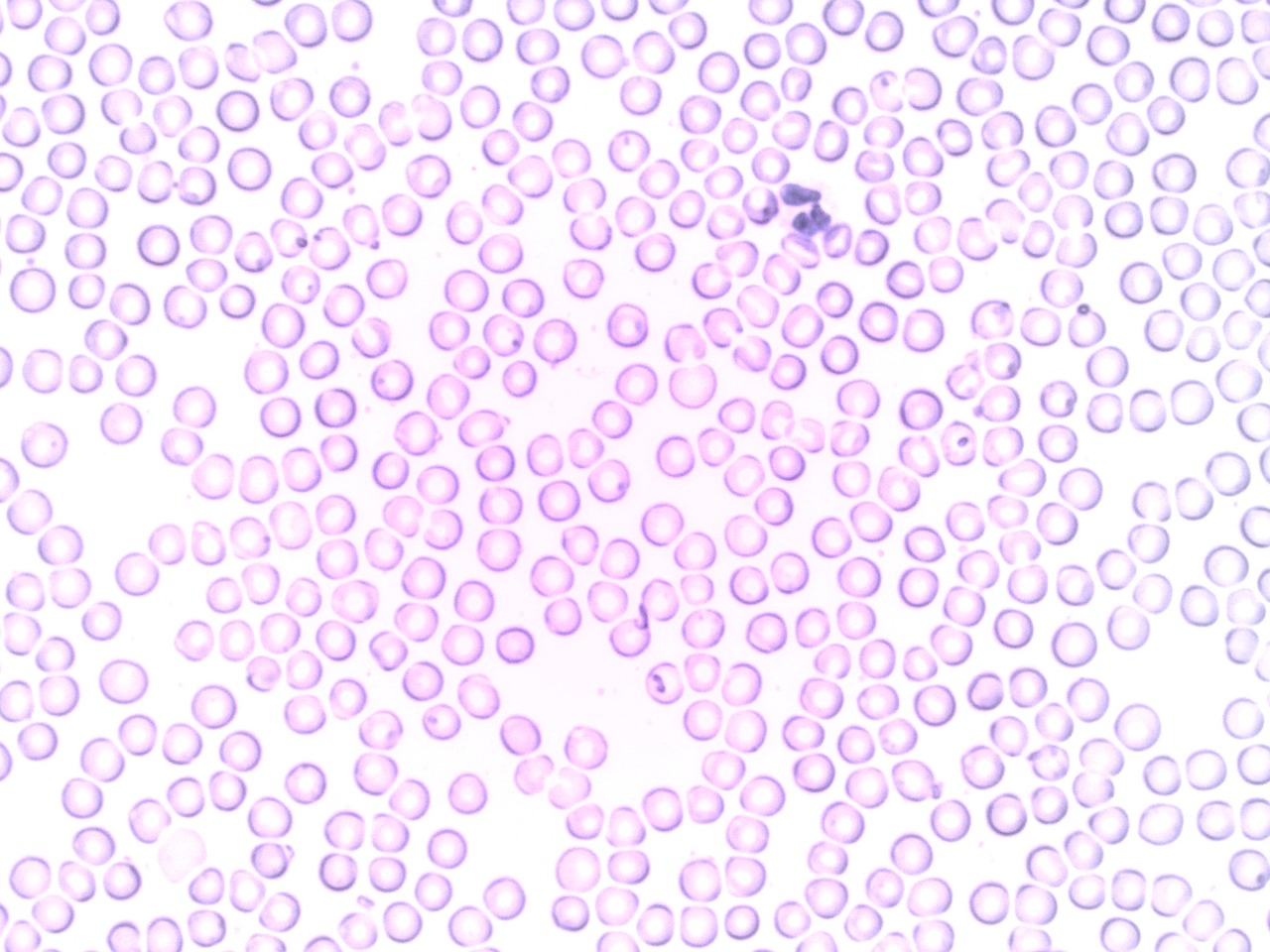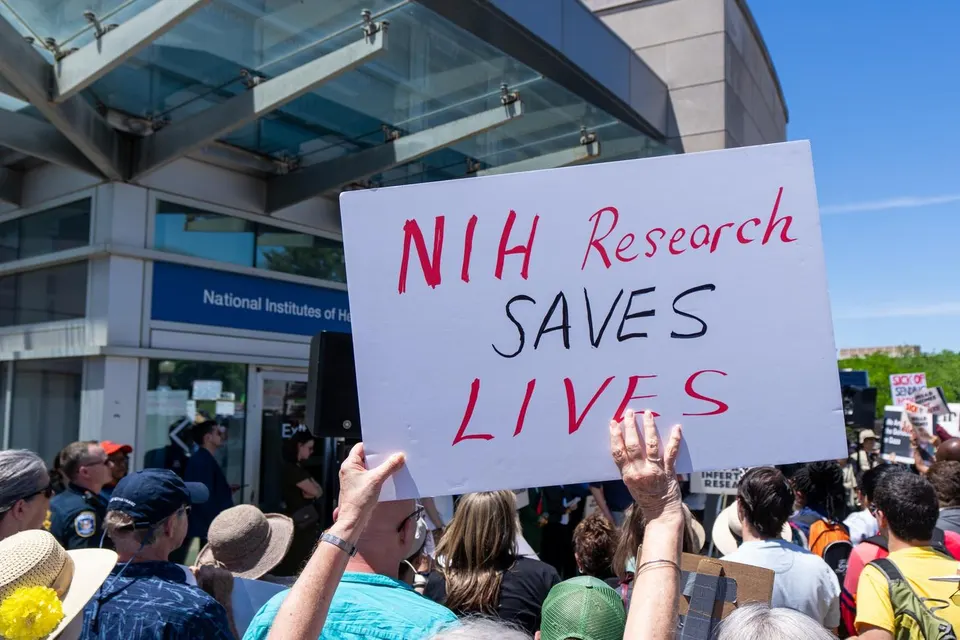A study found that NIH grant cuts under the Trump administration in 2025 have already led to the termination of 118 trials studying cancer, 97 studying infectious diseases and 140 testing new treatments. (Bill Clark/CQ-Roll Call, Inc via Getty…
Category: 5. Health
-

How Much Power Should We Give AI In End-Of-Life Decisions?
Whether or not humans are ready, AI predictions are quietly set to become part of end-of-life medical decisions.
getty
Could an artificial intelligence algorithm used for end-of-life care decisions predict better than your loved ones whether…
Continue Reading
-

A diet low in glutamate may ease migraines
SAN DIEGO — A diet low in the amino acid glutamate may ease migraines, a small study suggests. A month of staying away from high-glutamate foods led to fewer migraines in a group of 25 people with Gulf War Illness.
The specifics of…
Continue Reading
-

Will Elon Musk’s Robot Perform Surgery? A Neurosurgeon Explains
Visitors are viewing Tesla’s humanoid robot Optimus Prime II at WAIC in Shanghai, China, on July 7, 2024. (Photo by Costfoto/NurPhoto via Getty Images)
NurPhoto via Getty Images
Elon Musk has recently touted an audacious vision for Tesla’s…
Continue Reading
-

The Government Shutdown Showed Why Healthcare Reform Keeps Failing
WASHINGTON, DC – NOVEMBER 10: Pedestrians walk across the East Front Plaza on Capitol Hill. (Photo by Tom Brenner/Getty Images)
Getty Images
The government shutdown that ended last week exposed a familiar pattern in healthcare policymaking. A…
Continue Reading
-

Abbott’s $21 Billion Exact Sciences Deal Fills Void Of Lost Covid Test Sales
Abbott Laboratories $21 billion deal to acquire cancer test maker Exact Sciences could bolster the company’s diagnostic division that has lost sales from tests for the coronavirus. (Stacey Wescott/Chicago Tribune/Tribune News Service via Getty…
Continue Reading
-

Immune Cell Activation Through a Novel Molecule Improves Cancer Therapy
Immunotherapy has revolutionized the way physicians treat patients. Previously, chemotherapy was the standard-of-care with the goal to eliminate tumor cells by dysregulating their ability to proliferate and…
Continue Reading
-

Scientists grow a tiny human “blood factory” that actually works
Our body’s “blood factory” is made of highly specialized tissue containing bone cells, nerves, blood vessels and several other cell types. Researchers have now recreated this complex network in the laboratory using only human cells, marking a…
Continue Reading
-

Bone Marrow Model Made from Human Cells
Researchers recently developed a bone marrow model to study how the body generates cells. Interestingly, this model is the first of its kind to be developed entirely from human cells. Not only can this improve…
Continue Reading
-

More Targets, Less Sample: Discover the Power of Luminex xMAP® Technology in the xMAP Cookbook
Unlock eBook ALREADY ACCESSED THIS eBook?
SIGN INThe 6th edition of the xMAP® Cookbook is now available for download, offering updated…
Continue Reading
